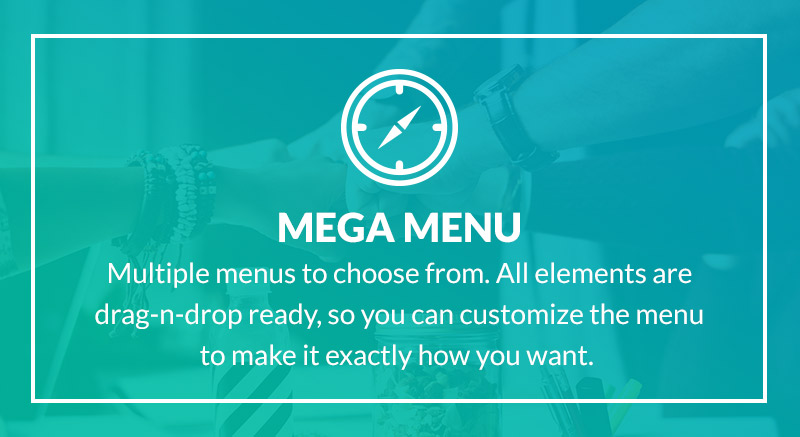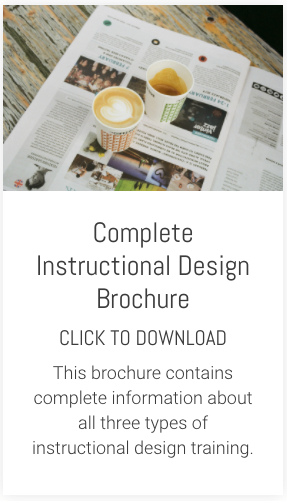Increasingly, if you are working in a learning and development role associated with designing and developing e-learning, you’ll probably be expected to have some ability in using an authoring tool.
This should be good a thing. It increases your overall skill set and more important, it enables you to create more effective learning for your learners.
But what about if this isn’t what is happening. What about if your e-learning authoring tool is actually holding you back?
This might seem like an odd question to ask. Surely an ability to use an authoring tool will mean you are creating really effective e-learning. Not necessarily.
First, it’s your instructional design skills that should determine the effectiveness and quality of the e-learning you create.
But what about if you are not going down the road your instructional design leads you because you find yourself thinking, “No point in doing that because I’ve no idea how to implement it in my authoring tool. Better stick with a less ambitious design because I know how to do that.”
Hey presto, before you know it, your authoring tool is most definitely holding you back. The good news? It doesn’t have to be this way.
The problem with legacy authoring tools
Going back 10 or 15 years, most easy-to-use authoring tools were so limited in their functionality, they really restricted truly creative instructional design thinking.
Only if you were lucky enough to work in an organisation with a massive budget for creating e-learning and unrestricted access to programmers could you really pull off much that was original or really effective.
This is one of the key reasons we have had years of deathly boring e-learning. Lots of slides with dense text and stock photos. A Back and Next button applied to each slide – and not much else.
The emerging new breed of tools
Fortunately, the world of authoring tools is changing. While there are still far too many rubbish ones out there, we are seeing a new breed emerge. Much more powerful. Fantastic functionality. Much fewer limits on what you can achieve with your e-learning.
So here’s the rub. Lots of people using one of these new style of authoring tools don’t really know about some of the more powerful features available to them. Instead they are still churning out e-learning, barely removed from the deathly dull variety just described above.
What a pity! This is like owning a Porsche and only ever driving it around your local neighbourhood at about 20 miles an hour.
Getting the most from your authoring tool
So what’s the solution? Well, it’s twofold. First, you really need to make sure your instructional design thinking is up-to-date and fit for creating e-learning that is more focused on delivering practice of skills, than delivering screens of knowledge.
And, by the way, if you need some help with this, you can download a free 12 page guide to creating boredom-busting e-learning here.
Second, it’s time to up your game and start learning about the more powerful features of your authoring tool.
To help you with this, I’ll be writing three more articles focused around one of the most popular of this new breed of authoring tool, Articulate’s Storyline.
Why focus on Storyline?
Why the focus on Storyline? It may not be absolutely the most sophisticated and capable of all the tools out there, but it does offer a great balance between being relatively easy to learn and achieving well above average functionality and interaction.
In each of the articles that follow this one, I’ll be focusing on a different Storyline feature. Features that you’ve quite possibly heard of or maybe even used a little.
But you may not be aware of their real power and how they can help you create much more effective e-learning. Features which can really help liberate your instructional design thinking and save your learners from the boredom of endless knowledge presentation.
The best bit of all this? Once you feel confident in your ability to get your authoring tool to implement your instructional design ideas, it really will be your instructional design thinking that drives your development and not your authoring tool.
This will almost certainly make your role as an instructional designer more interesting and satisfying. It will also turn you into an e-learning hero in the eyes of your learners. Don’t underestimate how much they will thank you for NOT making them sit through hours and hours of dull, sleep-inducing e-learning!
This article first appeared on the Training Zone website.










